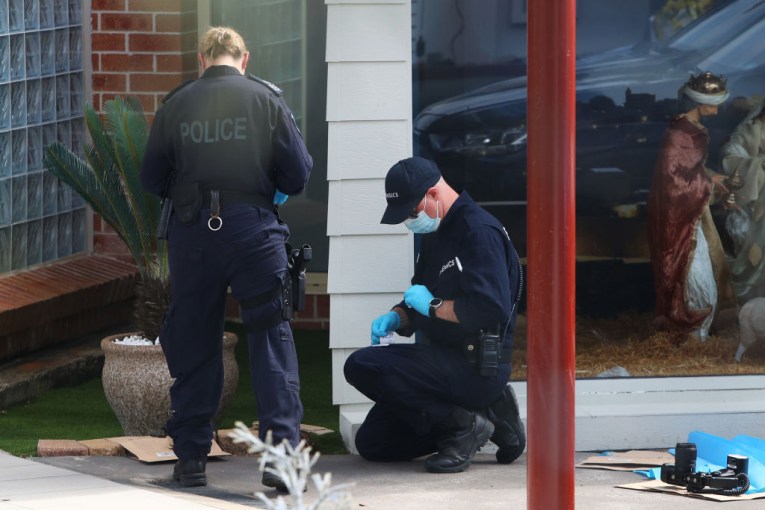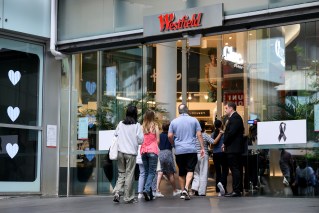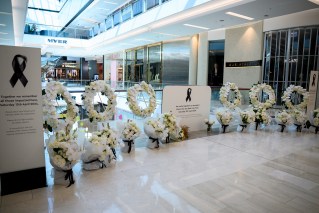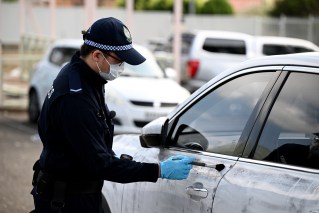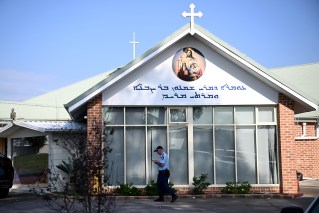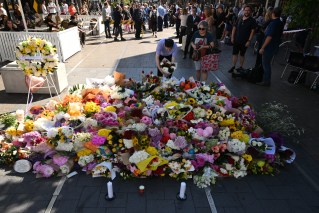‘Bunker down’: Sydney lockdown needs 10 weeks to get on top of COVID, modelling shows

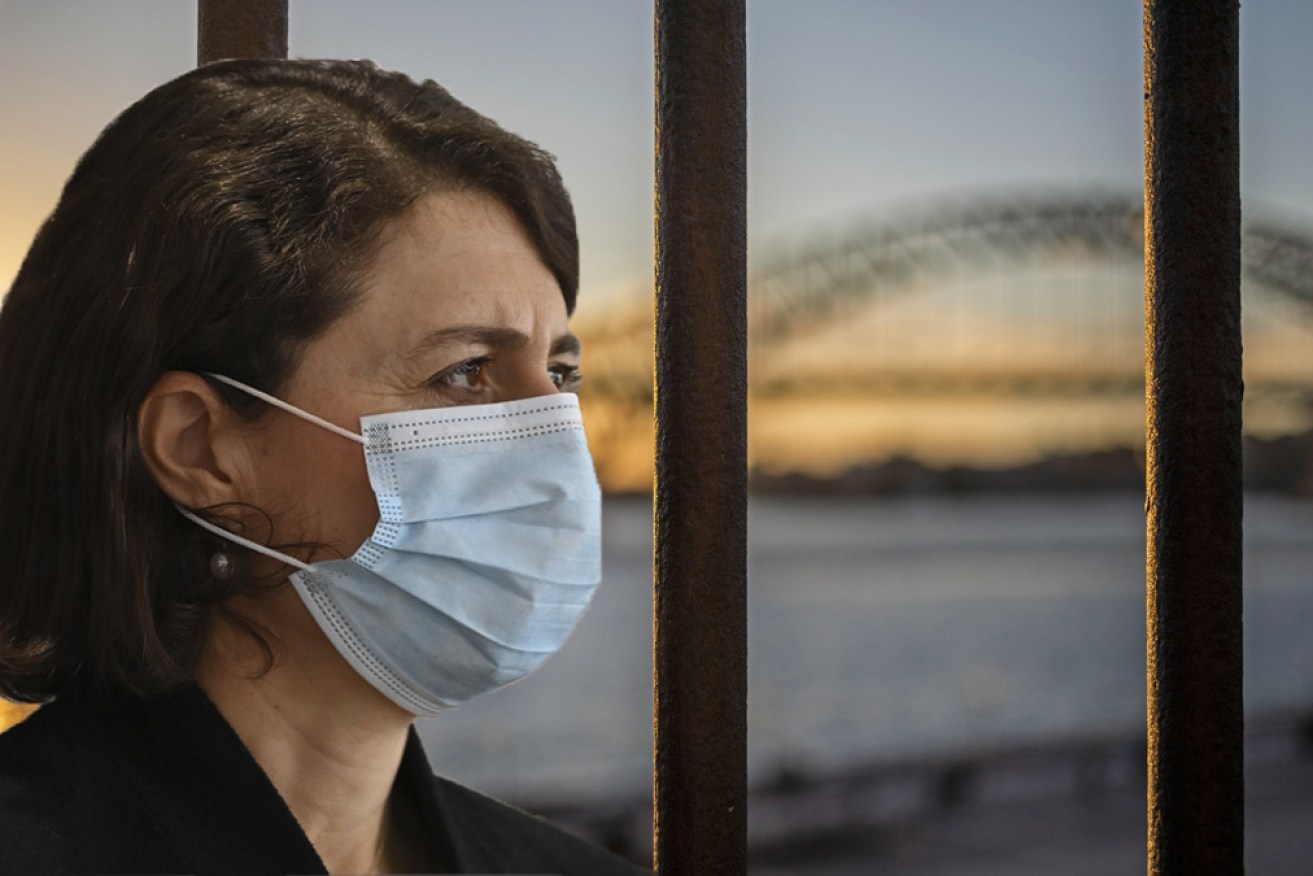
Gladys Berejiklian has told Sydneysiders to "bunker down" as experts say the lockdown could stretch for 10 more weeks. Photo: Getty/TND
While tough new lockdown restrictions will help curb the spread of the Delta variant, Sydney must brace for another 10 weeks of lockdown to get the virus under control, epidemiologists say.
The warning follows New South Wales Premier Gladys Berejiklian’s direction to “bunker down” for a longer lockdown on Friday.
Premier Berejiklian announced the lockdown would be extended until the end of September and local government areas (LGAs) of concern would have a 9pm-5am curfew as the state recorded 644 new infections.
“It is time for all of us to bunker down and take this as seriously as we can,” she said.
But Burnet Institute epidemiologist Mike Toole told The New Daily the modelling showed it would take 10 weeks of tough restrictions to bring case numbers back down.
“Our model was able to access three different bundles of measures last year in Victoria,” Professor Toole said.
“When stage four was introduced, it took 10 weeks to get cases below 10 a day. So I would think Sydney is looking at another 10 weeks.”
‘It may not be enough’
There are still some key differences – Melbourne has a strict 5km travel limit while Sydneysiders have different rules for different areas, and stores such as Bunnings are still open until Monday.
This means you can’t mirror exactly what happened in Melbourne, Professor Toole said.
“They’re just creeping towards stage four Melbourne restrictions,” he said. “It’s better than no change but it may not be enough.”
Earlier this week Premier Berejiklian warned the state could soon report more than 1000 cases a day. Professor Toole said it is likely to hit this number in just over a week.
“The cases are doubling every 10-11 days. So in 10 days time, it’ll be over 1000 cases a day,” he said.
“That’s about how long it will take for these new restrictions to have an effect.
“What we’re seeing in Sydney, these 12 LGAs of concern are based on people who were infected a week ago. They’re behind the virus.”
Vaccinations target questioned
Even if NSW can get 80 per cent of its population vaccinated before the end of September it won’t be enough to combat 1000 cases a day, Professor Toole said.
The Doherty Institute modelling showed we could move to targeted lockdowns if 80 per cent of the eligible population in each state and the nation is vaccinated.
But that modelling is based on an outbreak of just 30 cases, Professor Toole said.
“If NSW gets to 80 per cent and they’re reporting 1000 cases a day, it won’t work,” Professor Toole said.
“Eighty per cent of adults is only 40 per cent of the population. We know kids are getting it and spreading it – 900 of the currently active cases are kids.”
Transparency needed
A series of recent lockdown breaches across Sydney and Melbourne have led to hefty fines and controversial restrictions, such as curfews, being implemented as state leaders try to clamp down on compliance issues.
But University of NSW epidemiologist Mary-Louise McLaws told The New Daily the public would be more compliant if it knew the logic behind the restrictions.
“I don’t think it’s helpful when the pressers start with thanking certain people before blaming communities for failures. Communities are not infection-control experts,” Professor McLaws said.
She said the NSW public needs more information about where the cases are coming from, so they know why some restrictions are in place.
“Today we’ve got the majority of the numbers still being investigated or not in isolation, 579 of 644,” Professor McLaws said.
“That tells me [contact tracers] are overloaded.”
The public should also be given more information about where and how transmission occurs, she said.
“What you need to do to gain public cooperation is very overt transparency,” Professor McLaws said.
In addition to information about where the virus is transmitting in terms of workplaces, homes and other locations, the public also needs to be told how many cases involved people not wearing masks, which areas they were in, and whether they were visiting their friends or, say, simply passing a virus carrier in the supermarket.
“This struggle of the lockdown without the added information is not helping,” Professor McLaws said.
“It makes people think the strategies were not working, but the public are not always to blame.”
